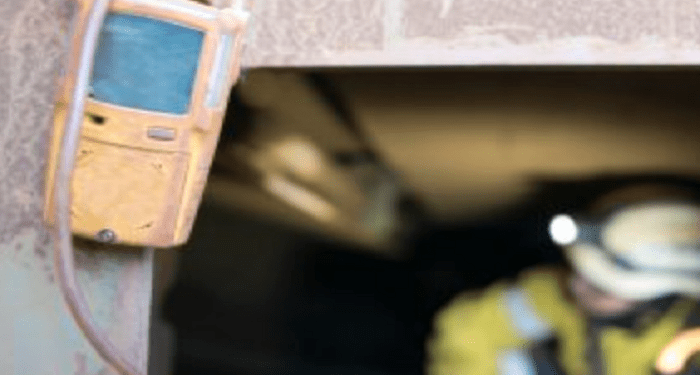What is a Gas Monitoring System?
A gas monitor is a device that detects the presence of dangerous gases in an area. They can be either portable or fixed monitoring devices. These are linked to sirens that will ring if a dangerous gas is discovered. Gas monitors are used to protect against both toxic and dangerous gases. They can also be used to identify whether an environment is dangerously low in oxygen. This is especially important in the correct business or industrial context, where there is the potential for risks everywhere, such as in mining.
The use of gas monitoring systems in mining
Mining is a dangerous industry, and the risk factor multiplies enormously when it comes to underground mines. Workers must enter and operate in limited places throughout the underground mining operation. Mine gas is released during mining activities, which is a concern owing to its flammability. Methane (CH4) gas, for instance, is discovered in mine gas and is emitted during coal mining. When it reacts with the air, it poses a fire and explosion risk. Thus, ventilation with fresh air from the surface is utilised to dilute the methane concentration and lessen the risk of explosion in the mining sector, gas detection becomes critical.
Example: Underground coal mining is more dangerous than open pit mining due to ventilation issues and the possibility of collapse. The bigger the risk, the deeper the mine is. Thus the primary task of gas monitoring and gas warning in coal mines is to monitor and report the amount of gas concentration in the underground tunnel space using various sensing equipment. Technicians must get some changes in subsurface gas monitoring data, particularly the sources and trends of concentration overrun. Also, they should evaluate and estimate the hazard condition of gas eruption in each working face at the same time. Furthermore, they must prevent and suppress gas explosions, gas buildup, gas explosions, and other mishaps.
Workers’ safety should always be a top priority in any type of mining, whether coal or other minerals. As a result, technologies and methods for precisely measuring concentration levels of dangerous and combustible gases levels in the subsurface atmosphere are required for the safety of underground coal mines.
For these reasons, portable gas detection equipment is most typically used for entering tight places, emergency services entering a potentially volatile location, tracking gas leaks, or doing hot operations in hazardous regions. The most critical function of your gas detector is to constantly check the air in your breathing zone.
It is suggested that fixed gas monitors be distributed throughout a mine site or structure. These site-wide warning systems transmit data from one region to the control centre and across the safety network. Automatic alarms and safety procedures can be initiated if irregularities in gas levels are identified. Fixed gas monitors can offer consistent readings from a predetermined place.
The personal portable gas monitoring system, on the other hand, allows for mobility across the location. If measured levels exceed safe limits, alarm systems are activated, and persons may take rapid corrective action, lowering danger before it happens.













